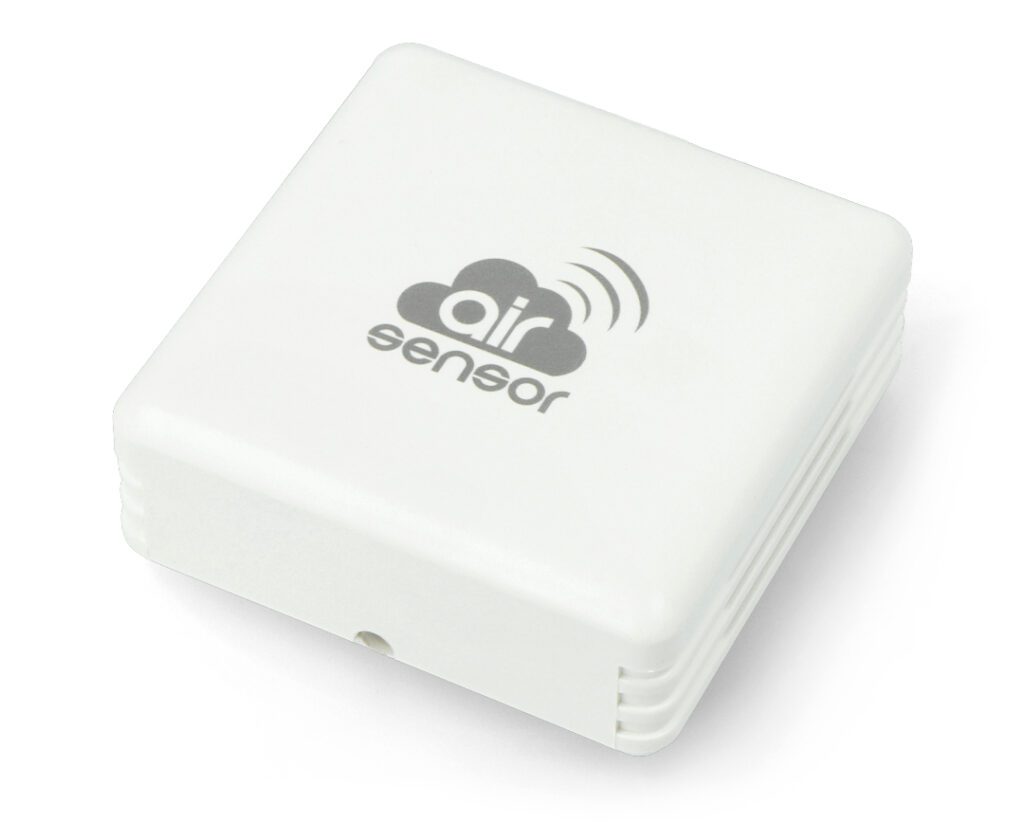Table of Contents:
As global environmental awareness grows, so does the understanding of the impact of air quality on our health.
That’s why in recent years there has been an increasing focus on monitoring the pollution around us, using, among other things.
Solutions such as the PM2.5 sensor.
It is extremely useful in measuring particulate matter found in the air.
How does it work?
What makes it stand out?
How can PM2.5 sensors be used to improve air quality?
Check out what you should know about this device.
What is PM2.5, anyway?
PM2.5, or particulate matter with a diameter of less than 2.5 micrometers, is one of the main categories of air pollutants.
These are particles of natural origin (such as mineral dust or plant combustion dust) and anthropogenic origin (such as soot or dust from automobile and industrial emissions).
Due to their microscopic size, PM2.5 can penetrate deep into our lungs, causing a range of health problems, including respiratory, cardiovascular and even cancer.
What is a PM2.5 sensor and how does it work?
As you can guess, PM2.5 sensor is a device designed to measure the amount of particulate matter with a diameter of less than 2.5 micrometers in the air.
It works by detecting dust particles using various technologies.
One of the most common methods is the use of laser light scattering technology.
In this case, a sensor emits a beam of laser light, and as PM2.5 particles pass through the beam, the light is scattered.
The changes in scattering are then measured, allowing the amount of particles in the air under test to be determined.
Other methods use electrical or electrostatic detection to identify and measure particulate matter.
PM2.5 sensors are often used in air quality monitoring in a variety of environments, including cities, industrial areas or indoor environments.
They help track air pollution levels and provide important data that can be used to make decisions that address public health protection and actions to improve air quality.
How is the PM2.5 sensor built?
There are many models of sensors available on the market, differing in measurement accuracy, range of operation and additional features.
The main component of the device, used to measure PM2.5, is usually a laser diode that generates a beam of light.
The sensor is also equipped with a detector that measures the scattered or reflected light as a result of PM2.5 particles passing through the laser beam.
Some designs use additional components, such as a measurement chamber that helps concentrate dust particles, and optical systems that accurately collect and analyze data.
The detector’s readings are then processed by electronics (an internal processor), and the results are presented to the user, allowing monitoring of air pollution levels in a given environment.
The PM2.5 sensor can also be equipped with connectors, allowing it to work with microcontrollers, such as Arduino single-board computers.
This makes it great for DIY projects that aim, for example, to create a home air pollution detection system.
Applications of PM2.5 sensors
Wide selection of model PM2.5 dust sensors makes them usable in several different ways.
They are most commonly used in areas such as:
- Monitoring air quality – one of the main applications of PM2.5 sensors is monitoring air quality in workplaces or urban areas.
This data is important for efforts to improve air quality and protect public health. - Smog alerts – In some cases, precise PM2.5 sensors are used to trigger smog alerts, informing residents of high levels of air pollution and recommending precautions.
- Scientific research – Data collected by PM2.5 sensors are used to conduct scientific research on the effects of air pollution on human health, the environment and climate change.
- Emission monitoring – industry can use air purity sensors to monitor emissions from production processes and prevent excessive environmental pollution.
- DIY electronics projects – many electronics enthusiasts are using PM2.5 sensors in their projects, which aim, for example, to create a system that monitors air quality inside the home.
Why use PM2.5 sensors?
Growing in popularity PM2.5 sensors make it possible to detect early increases in the levels of harmful particles in the air, so that preventive measures can be taken quickly.
Modern technologies used in these devices ensure accurate measurements.
The use of PM2.5 sensors also contributes to increased public awareness of air quality.
This, in turn, can lead to greater pressure on the government, local governments and businesses to take action to improve the pollution situation.
How useful was this post?
Click on a star to rate it!
Average rating 0 / 5. Vote count: 0
No votes so far! Be the first to rate this post.




















